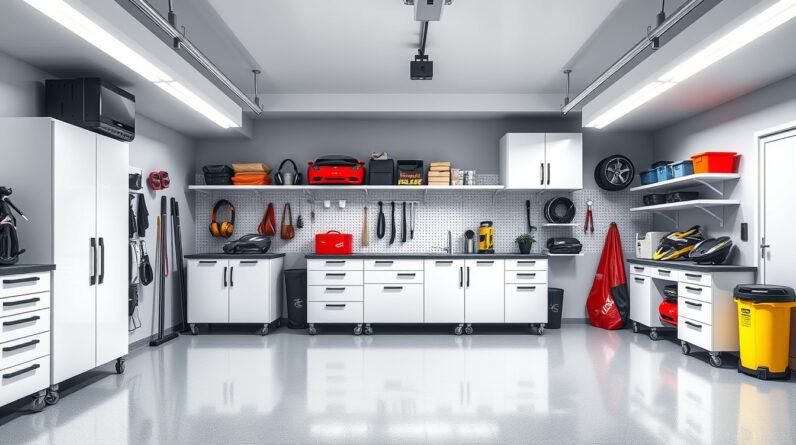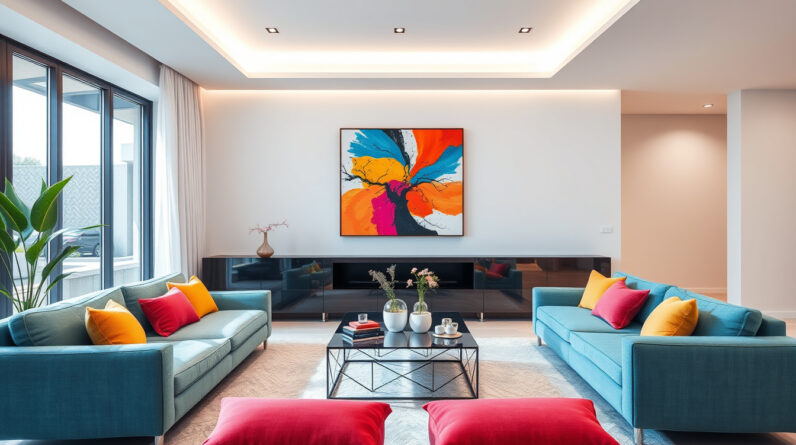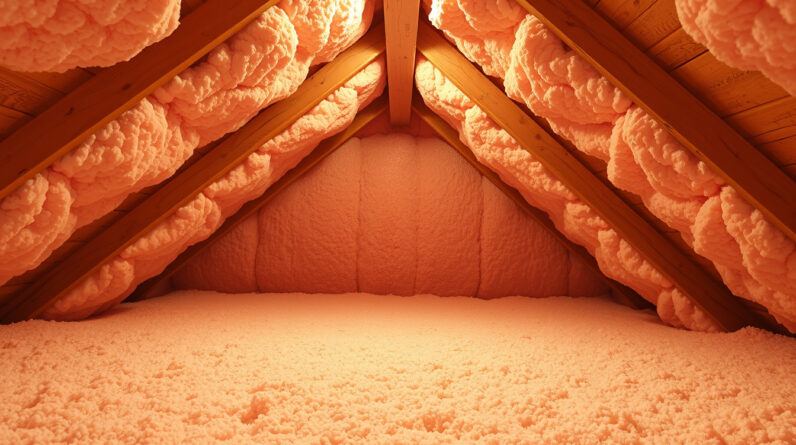Embarking on the journey of painting can be both exciting and daunting for beginners. Whether you’re interested in watercolor, acrylic, or oil painting, understanding fundamental techniques and tips is essential to develop your skills and express your creativity. This guide aims to demystify the art of painting, providing practical advice to help you progress from a novice to a confident artist.
Why Is Learning Painting Important?
Painting is not just a creative outlet; it’s also a means of self-expression and relaxation. Engaging in painting helps improve focus, patience, and problem-solving skills. Moreover, it’s a fulfilling hobby that allows you to create tangible pieces of art that can inspire or decorate your living space.
Getting Started with Painting: Basic Supplies and Setup
Before diving into your masterpiece, gather essential supplies:
- Paints: Choose between watercolor, acrylic, or oil paints based on your preference.
- ** brushes:** A variety of brush sizes and shapes to achieve different textures.
- Canvas or Paper: Quality surfaces suitable for your chosen medium.
- Palette: For mixing colors.
- Cleaning Supplies: Water or solvents depending on your paint type.
- Easel: Optional but helpful for positioning your work comfortably.
Creating an inspiring workspace and having the right supplies can make your painting experience more enjoyable and productive.
Fundamental Techniques of Painting
Developing a solid foundation in basic painting techniques enables you to build more complex and refined artworks. Here are some key techniques:
1. Color Mixing and Theory
Understanding color theory is vital. Learn how primary colors blend to create secondary colors, and experiment with mixing shades to achieve the desired hue and tone. Remember, keeping a color wheel nearby can help guide your choices.
2. Brushwork and Strokes
Experiment with different brush strokes to add texture and depth. Practice controlled strokes for details and broader, more expressive strokes for backgrounds. Varying your pressure and angle can significantly influence your painting’s appearance.
3. Layering and Glazing
Layering involves applying multiple layers of paint, allowing each to dry before adding the next. This technique adds richness and depth. Glazing, especially in oil painting, involves applying transparent layers to modify underlying colors subtly.
4. Blending and Smoothing
Achieve seamless transitions between colors and tones through blending. Use clean, dry brushes or moist techniques based on your chosen medium to create smooth gradations.

Tips for Improving Your Painting Skills
Improvement comes with practice and mindful techniques. Here are some tried-and-true tips:
- Start Simple: Begin with basic shapes and objects. Focus on mastering fundamental techniques before tackling complex compositions.
- Study the Masters: Copy artworks from renowned painters to understand their methods and styles.
- Use References: Work from photographs or real-life scenery to enhance accuracy and realism.
- Be Patient: Don’t rush the process. Allow yourself time to learn and experiment.
- Keep a Sketchbook: Draw regularly to improve your observation skills and plan your compositions.
Common Challenges and How to Overcome Them
Every beginner faces obstacles. Here are some typical issues and solutions:
- Frustration with Mistakes: Remember, errors are part of learning. Use them as opportunities to understand how to improve.
- Lack of Inspiration: Visit galleries, explore nature, or try experimenting with different color schemes.
- Difficulty with Proportions: Practice drawing basic shapes and use grid techniques to improve accuracy.
A Step-by-Step Approach to a Simple Painting Project
To solidify your understanding, try this straightforward project:
- Sketch your composition lightly with a pencil on your canvas or paper.
- Apply a base wash or background color. For watercolor, use diluted paint; for acrylic/oil, thin out your paint.
- Build up layers, gradually adding details, shadows, and highlights.
- Refine edges and blend colors to create a realistic effect.
- Step back and assess your work, making any final adjustments.
This approach encourages patience and incremental progress, vital components of mastering painting.
Top 5 Painting Tips for Beginners
- Practice regularly to develop muscle memory and confidence.
- Don’t fear mistakes; they are part of the artistic process.
- Experiment with different mediums to find what resonates with you.
- Learn from others by watching tutorials or joining local art classes.
- Enjoy the process, not just the final result.
Frequently Asked Questions (FAQs)
What is the easiest type of painting for beginners?
Acrylic painting is often considered the easiest for beginners because it dries quickly, is versatile, and is less toxic than other mediums. Its forgiving nature allows beginners to experiment freely without long waiting periods.
How can I improve my painting skills quickly?
Consistent practice combined with studying basic techniques and seeking constructive feedback can accelerate your progress. Enroll in beginner classes, try copying artworks, or follow online tutorials to enhance your skills rapidly.
Do I need to have artistic talent to succeed at painting?
While natural talent can help, anyone can learn to paint with practice and dedication. Focus on learning techniques, experimenting, and enjoying the process rather than solely on creating perfect art.
Citing Authority: The Importance of Proper Technique
A well-rounded understanding of painting techniques is crucial. The National Endowment for the Arts emphasizes that skill development alongside creative exploration leads to artistic growth. Learning proper brushwork, color mixing, and composition can significantly elevate the quality of your work over time.
Conclusion: Take the First Step Toward Your Artistic Journey
Mastering the art of painting is an enriching pursuit that enriches your life with creativity, relaxation, and self-discovery. Remember, every great artist started where you are now—a beginner with a desire to learn. By embracing basic techniques, practicing regularly, and enjoying the process, you’ll see gradual progress and develop your unique style.
So, why wait? Gather your supplies, select your first subject, and start painting today. Your artistic journey begins with that first brushstroke—make it count!








